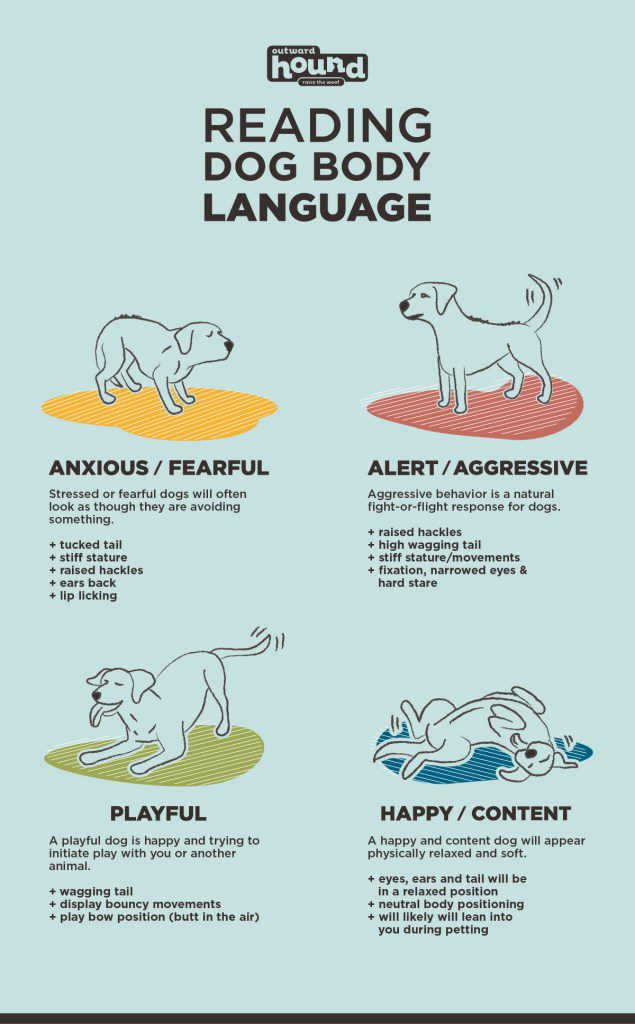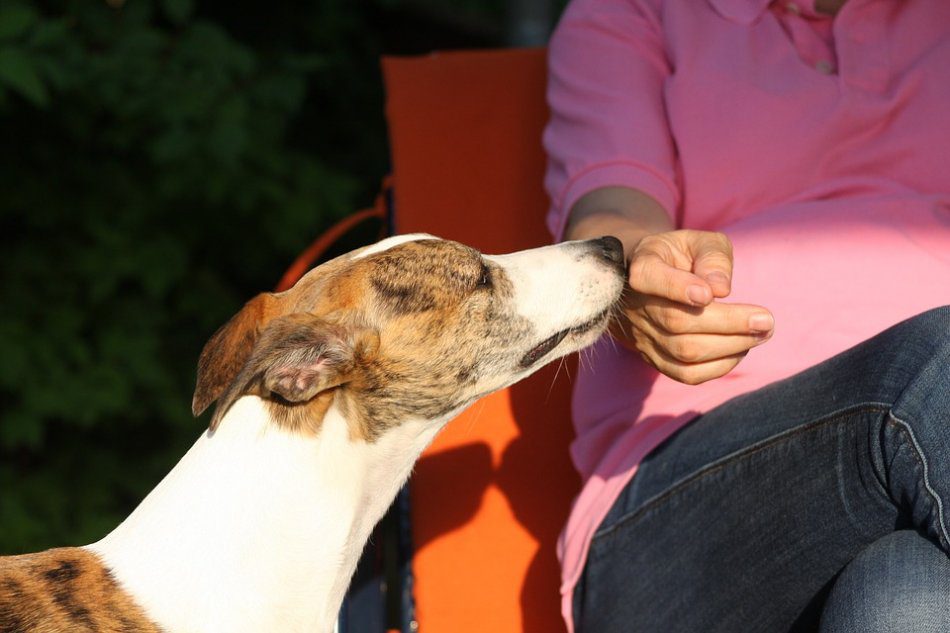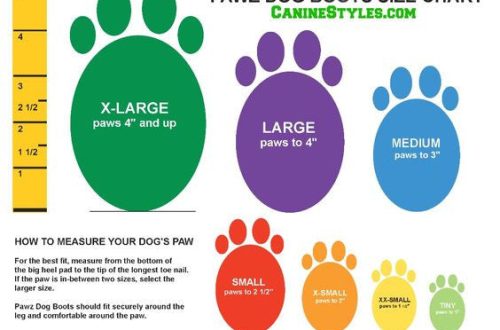
Pam ddylai person ddeall “iaith” cŵn?
If a person wants to establish constructive communication with a dog and effectively train it, he needs to learn to understand the “language” of dogs. How to become a real “doggy translator”?
Llun: www.pxhere.com
Cynnwys
How to learn to understand the “language” of dogs?
To understand what the dog wants to tell us, you need to pay attention to three things:
- What is the dog doing? (Barks, jumps around, looks around, etc.)
- What signals does a dog’s body language give? (The tail is tucked up, the ears are pressed down, the paw is raised, etc.)
- What is happening in the outside world at this time? What is the context for the manifestation of this or that behavior of the dog? (For example, the pet saw a relative or guests came to you, etc.)
Do you know the answer to all three questions? So you are able to understand what your dog is “talking” about!
Always ask yourself these three questions to understand your four-legged friend’s behavior.
How can a person apply the “language” of dogs in practice?
Knowing the features of the “language” of dogs, a person can use them to build contact with the dog and achieve a better understanding with it. For example, you can:
- approach the dog in an arc, not straight – this will make it clear that you have peaceful intentions
- avoid looking directly into the eyes of an unfamiliar dog, turning their head to the side instead
- teach your puppy not to bite your hands if you squeal when you bite
- turn your back to calm a timid dog (but never do this if the dog is about to attack!)
- greet the dog by turning sideways to calm it down
- yawn and soften your eyes to inform the dog of peaceful intentions and calm him down
- ac ati
How does understanding the “language” of dogs help to cope with fear aggression?
The best thing you can do about fear aggression in a dog is:
- give her an escape route
- stop doing what scares her
- learn to decipher warning signals
- work on the dog’s trust in the owner.




Llun: pixabay.com
But sometimes dogs that have had the bad experience of misunderstanding and ignoring human warning signals stop showing them. What to do in this case?
- Find out the cause of aggressive behavior.
- Organize a time of “truce” and avoid conflicts as much as possible during this period.
- Use a muzzle if it is necessary to carry out manipulations during which the dog may show aggression.
- Work on building trust and improving communication.
- Create understandable rules and rituals for the dog, that is, increase predictability.
- Encourage the slightest attempt to show warning signals and move back in the chain. Show the dog that you understand him and are ready to respond to his “messages”, so biting is not necessary at all.







